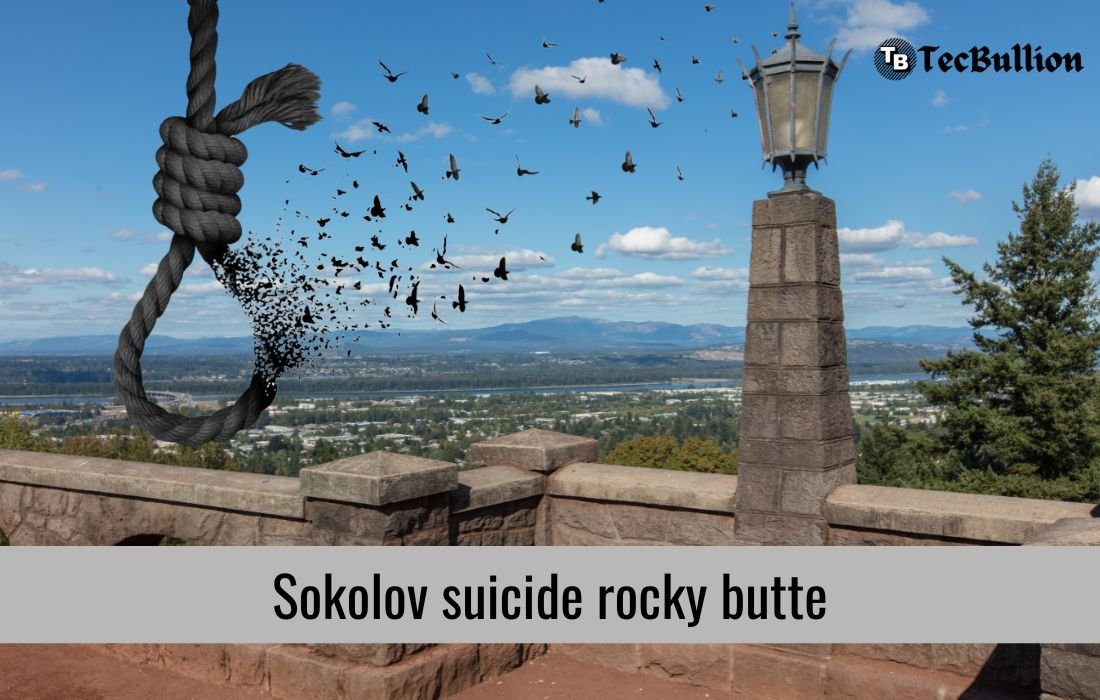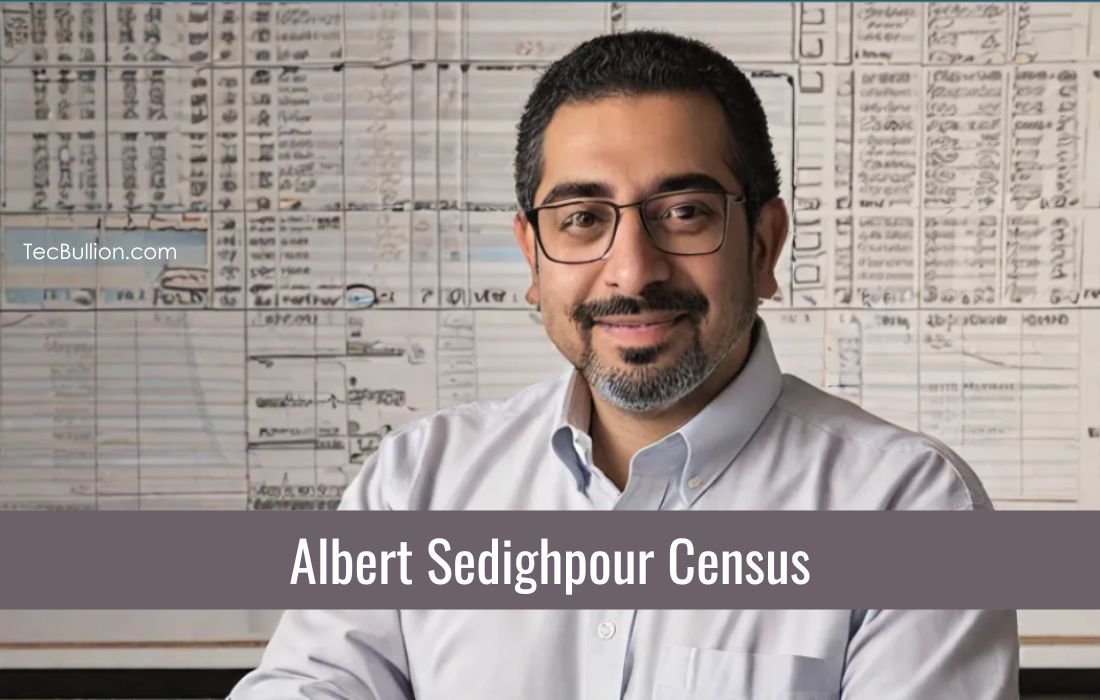The tragic story of Sokolov Suicide Rocky Butte is a heartbreaking incident that left many in shock and confusion. Suicides at historical landmarks, such as Rocky Butte, not only devastate families but also leave lasting scars on the community. This guide explores the details surrounding Sokolov’s suicide, the significance of Rocky Butte as the location, and how this tragedy has prompted conversations around mental health and suicide prevention. By discussing these elements, we aim to shed light on this particular incident and offer insights into how communities can come together to address the rising mental health crises.
The Tragic Death of Sokolov at Rocky Butte
On a clear, otherwise uneventful day, news broke of a tragedy that would soon ripple through local and broader communities alike. Sokolov, whose full name was not widely known in the initial reports, had taken his life at Rocky Butte, a popular vantage point in Portland, Oregon, known for its panoramic views of the city and surrounding areas. It is a place of beauty, peace, and historical significance, which made this tragic event all the more jarring for those who frequent the area.
Sokolov suicide rocky butte was confirmed after a series of witness reports and an investigation by local authorities. Initial reports indicated that he had jumped from a steep ledge at Rocky Butte, succumbing to injuries sustained from the fall. The death was ruled as suicide by authorities after an investigation, with no signs of foul play.
The news shook the local population and opened up conversations about mental health struggles and the significance of choosing such a public and popular location for the act. In the aftermath of Sokolov’s death, people in the area began to ask questions: Who was this person? Why did they choose this location? How can tragedies like this be prevented in the future?
Who Was Sokolov and What Led Him to Suicide?
Though details about Sokolov remain largely private, a few key pieces of information about his life surfaced in the aftermath of his death. Sokolov was reportedly in his late 30s, of Russian descent, and had lived in the United States for several years. Friends and acquaintances described him as a quiet, introspective individual who had struggled with depression for a long time.
Mental health is often shrouded in silence, and in Sokolov’s case, this was tragically true. Close friends and family noted that while he was a kind and caring individual, he struggled to express his internal pain. Over time, the weight of his depression may have contributed to the isolation he felt, ultimately leading him to make the tragic decision to take his own life.
Although the specifics surrounding Sokolov’s personal life and struggles remain largely unknown to the public, it was evident that he was grappling with emotional and psychological distress. His death, like many others, served as a reminder of the importance of early intervention, support, and communication for those facing mental health challenges.
The Location: Why Sokolov Chose Rocky Butte
Rocky Butte is not only a scenic location, but it also holds historical and emotional significance to many residents of Portland. The area is a volcanic cinder cone, standing over 600 feet high, offering sweeping views of the city below. It is popular among both locals and tourists for its hiking trails and for its views of Mount Hood and the Cascade Mountains in the distance.
While it’s unclear why Sokolov chose Rocky Butte as the location for his suicide, there are a few speculated reasons that may have contributed to this decision. Some speculate that he may have felt a strong connection to nature and its vastness, which often brings feelings of peace or reflection to individuals. In times of mental crisis, people may seek solitude in beautiful locations, as if in search of solace. Others believe that Rocky Butte’s reputation as a place where previous suicides had occurred may have influenced his choice.
Historically, locations like Rocky Butte have drawn people seeking a final moment of contemplation before taking their lives. The natural beauty of the location contrasts with the tragedy of such decisions, making it a particularly sombre spot in the eyes of the community.
Witness Accounts of Sokolov’s Suicide at Rocky Butte
Several witnesses were present at Rocky Butte on the day of Sokolov suicide rocky butte. According to reports, people in the area initially believed that Sokolov was simply enjoying the view like many others. Witnesses described him as standing quietly by the edge, looking out over the landscape for several minutes before taking the fatal leap.
The quietness of the event was both haunting and surreal for those who witnessed it. People nearby initially didn’t realize what had happened. It wasn’t until moments later that onlookers understood the gravity of the situation and began calling for help.
Emergency responders arrived on the scene, but it was too late. The area was cordoned off, and a police investigation was immediately launched. The witnesses, many of whom were deeply shaken, later shared their accounts with authorities. Some expressed their anguish over not realizing the man’s intentions earlier, feeling that they could have perhaps intervened if they had known.
The Aftermath: The Investigation and Impact on the Community
The investigation into Sokolov’s death confirmed it was a suicide. The authorities found no evidence of foul play or involvement from any other individuals. His friends and family, devastated by the loss, were left to process the immense grief and confusion that comes with the sudden death of a loved one.
For the community, Sokolov suicide rocky butte served as a tragic reminder of the importance of mental health support and intervention. In the weeks following his death, there was an outpouring of grief and sympathy for his family, along with public discussions about the increasing rates of suicide, particularly in picturesque or landmark areas like Rocky Butte.
Locals expressed concern over the fact that Rocky Butte had become a site for multiple suicides over the years. While the area is beloved for its beauty, there was growing concern about its appeal to those in crisis. In response, some community members began advocating for increased safety measures, such as the installation of barriers or additional surveillance, to prevent future tragedies.
Suicide Prevention Resources in the Area
In the wake of Sokolov suicide rocky butte, conversations around suicide prevention gained urgency. Portland, like many cities, offers resources for individuals struggling with mental health, though many people remain unaware of them. Suicide prevention hotlines, mental health clinics, and community-based support groups are all available to those in need.
Some local organizations and volunteers in Portland have taken steps to make mental health resources more visible, especially at high-risk locations like Rocky Butte. Signage with hotline numbers, information about local counseling services, and community outreach programs have been implemented in some areas to offer immediate help to those contemplating suicide.
Beyond immediate crisis intervention, there are also efforts to provide ongoing mental health support to individuals at risk. Local clinics offer sliding scale services to make therapy more affordable, and there are numerous support groups for individuals dealing with depression, anxiety, or trauma.
For individuals struggling with suicidal thoughts, the most important thing is to reach out to someone, whether that’s a friend, family member, or professional. No one should feel that they have to face their struggles alone.
Other Suicides That Have Occurred at Rocky Butte
Unfortunately, Sokolov suicide rocky butte is not the first suicide to have taken place at Rocky Butte. Over the years, there have been several other cases of individuals taking their own lives at this location. The site’s isolated nature, combined with its height and accessibility, has made it a tragic destination for those in distress.
While exact figures are not publicly available, local reports indicate that Rocky Butte has been the site of at least a handful of suicides in recent decades. This pattern has raised concerns among residents, who worry about the emotional toll these incidents have on the community as well as the safety of the location.
These suicides, including Sokolov’s, have prompted discussions about the need for more mental health resources and preventative measures in the area. Community leaders have been in talks about implementing physical deterrents, such as barriers or fencing, at popular viewpoints around Rocky Butte to prevent further tragedies.
Honoring Sokolov’s Memory and Raising Mental Health Awareness
In the aftermath of such a tragedy, it is important to honor Sokolov’s memory by focusing on the larger issue at hand: mental health. His death, like many others, highlights the importance of raising awareness about mental health struggles and the need for comprehensive support systems.
Many in the community have expressed their desire to honor Sokolov’s life by advocating for better mental health resources and reducing the stigma around depression and suicide. By coming together as a community and talking openly about these issues, people can help create an environment where those in distress feel more comfortable seeking help.
Some initiatives have already sprung up, with local mental health advocates using Sokolov’s story as a rallying point for increased awareness and support. These efforts aim to create a more compassionate society, where individuals can receive the care and understanding they need before it’s too late.
Conclusion
The Sokolov suicide rocky butte is a stark reminder of the pain and isolation that many individuals struggling with mental health issues feel. While the beauty of places like Rocky Butte can offer a momentary respite, they can also become sites of irreversible decisions for those who are in deep emotional distress.
Sokolov’s story, however, is not just one of tragedy—it is also a call to action. Communities must come together to support one another, break the stigma surrounding mental health, and make sure that resources are available for anyone who may need them. By raising awareness, sharing stories, and providing support, society can help prevent future tragedies and ensure that no one feels they have to face their struggles alone.
If you or someone you know is struggling with suicidal thoughts, please reach out to a mental health professional or contact a suicide prevention hotline.





